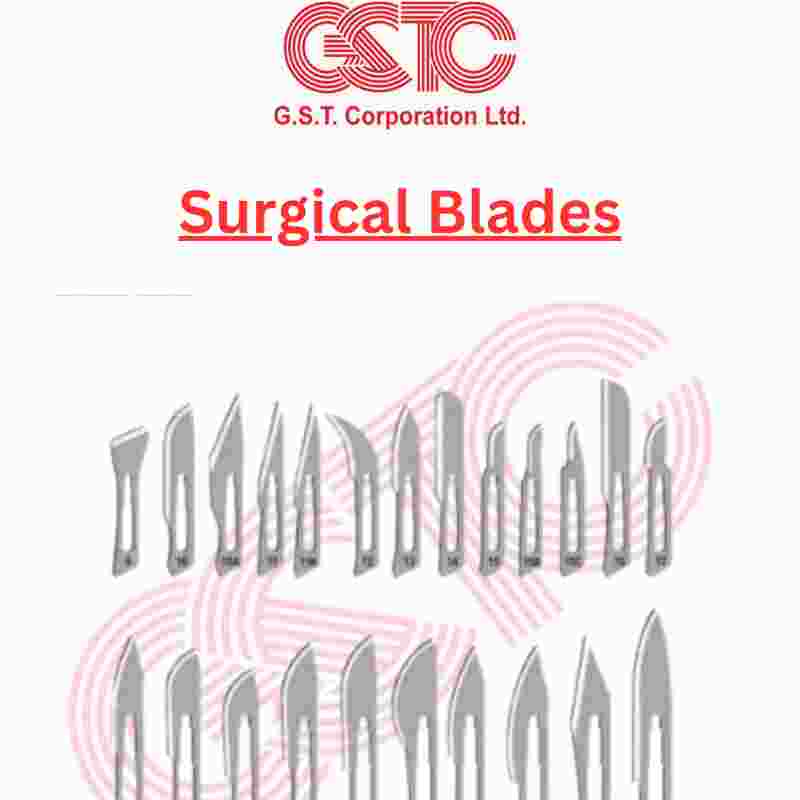


A surgical blade is a sharp, precision-cutting tool used by surgeons to make incisions during medical procedures.
In surgery, being precise is incredibly important. No matter how small, every cut needs a tool that’s not just sharp, but perfectly right for the job. The surgical blade, often called a scalpel blade or surgeon blade, is the essential tool that makes these important actions possible. For anesthesiologists, surgeons, hospital procurement specialists, and medical students, a deep understanding of these foundational tools is not just beneficial, but essential. This comprehensive guide will discuss the distinct characteristics, advantages, and optimal applications of the two primary materials used in modern surgical blades: stainless steel and carbon steel.
There are various types of surgical blades suited to every surgical requirement. The following are the common types:
Shape: The blade has a curved cutting edge.
Use: Mostly general surgery; usually used for making large incisions through skin and muscle.
Shape: A pointed-tipped straight blade.
Use: Delicate punctures, removing stitches, and making stab incisions.
Shape: Curved with a sharp edge.
Use: ENT surgeries and procedures in narrow spaces.
Shape: Small, curved cutting edge.
Use: For small, precise cuts in thin, delicate areas like pediatrics and plastic surgery.
High-quality surgical blades have several benefits that they offer for use in surgical procedures. An overview of the most important ones is as follows:
These surgical blades are made for extreme control and accuracy. They’re essential for very delicate procedures like heart and blood vessel surgery (cardiovascular), brain and nerve surgery (neurological), and plastic surgery. For these critical operations, the blades are made with extra sharp edges so surgeons can make clean, precise cuts.
The incredibly sharp edge of these blades cuts through skin and tissue without harming the surrounding areas. This leads to great results for patients, including:
Individual packing and sterilization of each blade further reduce the risks of infection and the transfer of contamination from one person, object, or surface to another, which leads to potential infection.
They are adaptable from minor outpatient procedures to complex operations. A range of shapes and sizes of blades makes them appropriate for use across multiple surgical disciplines.
A razor-sharp blade takes less time and effort to cut through. It improves the surgery’s overall efficiency along with the time a patient spends under anesthesia
Most of such surgical blades are single-use and very economical, thereby eliminating the cost and risk of re-sterilization and reuse.
Conclusion
Whether performing minor outpatient procedures or surgeries that save lives, surgical blades are significantly important to individual surgical precision, safety, and successful clinical outcomes. As such, the importance of good-quality surgical blades cannot be overstated, whether for a healthcare provider, surgeon, hospital administrator, or medical equipment distributor. The quality, consistency, and compliance with international standards are guaranteed if they are sourced from a reputed manufacturer of GST Corporation, one of India’s largest medical equipment exporters.
